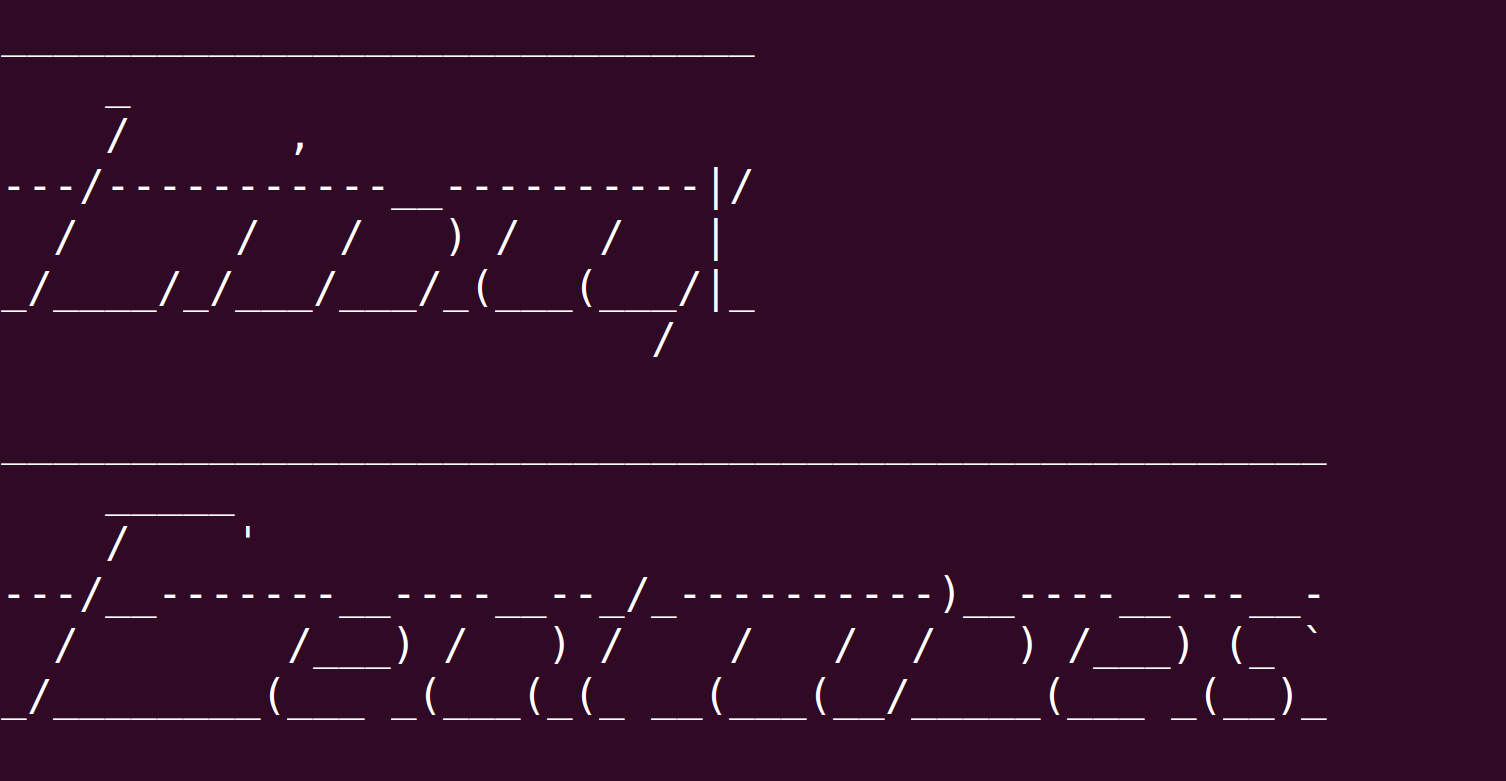7 Hidden Features of the Linux Operating System

The Linux operating system is known for its stability, security, and flexibility. However, many users may not be aware of some of the hidden features that the operating system offers.
Bash Aliases
Bash is the default shell for Linux, and it allows users to create custom commands, known as aliases. Aliases are shortcuts that can be used to execute a series of commands with a single command. For example, you can create an alias for the “ls -la” command, which lists all files and directories in long format, as “ll”, so that instead of typing “ls -la” every time, you can simply type “ll”. To create an alias, you can add the following line to your .bashrc file in your home directory: “alias ll=’ls -la'”.
SSH
Secure Shell (SSH) is a powerful tool that allows you to remotely access and control another computer over an encrypted connection. With SSH, you can connect to a remote computer, run commands, and transfer files securely. SSH can be used to remotely access servers, troubleshoot network issues, and automate tasks. To use SSH, you will need to have an SSH client installed on your computer and the IP address or hostname of the remote computer.
Virtual Terminals
Linux offers virtual terminals, which allow you to run multiple terminal sessions on the same computer. This feature can be useful for running multiple commands or applications at the same time, or for switching between different tasks. To access a virtual terminal, you can press the “Ctrl + Alt + F1” keys, which will take you to the first virtual terminal. You can then use the “Ctrl + Alt + F2” keys to switch to the second virtual terminal, and so on. To switch back to the GUI, you can press “Ctrl + Alt + F7”.
Cron
Cron is a task scheduler that allows you to automate tasks on your Linux system. With cron, you can schedule tasks to run at specific times, such as running backups or updating software. To use cron, you will need to create a cron job, which is a script that contains the command to be executed and the schedule for when the command should be run. You can use the “crontab” command to create and manage cron jobs.
Grep
Grep is a command-line tool that allows you to search for text within a file or a group of files. Grep is useful for searching through log files, configuration files, and code. Grep can be used with regular expressions, which allows you to search for patterns in the text. For example, you can use the grep command to search for all the lines in a file that contain the word “error”.
Tmux
Tmux is a terminal multiplexer that allows you to run multiple terminal sessions within a single window. Tmux allows you to split the terminal window into multiple panes, each of which can run a different command or application. This feature can be useful for running multiple commands or applications at the same time, or for switching between different tasks. Tmux can be used to manage multiple terminal sessions, and it can be useful for managing remote servers.
NFS
Network File System (NFS) is a protocol that allows you to share files and directories between computers on a network. NFS allows you to mount a remote file system on your local computer, and access the files and directories as if they were on your local file system. This feature can be useful for sharing files between different computers, or for creating a centralized storage system.
Setting up NFS is relatively simple, but it does require some basic knowledge of networking and Linux. You will need to configure the NFS server, which is the computer that will host the shared files, and the NFS client, which is the computer that will access the shared files.
In conclusion, Linux is a powerful and flexible operating system that offers many features that can help users to get more out of their Linux experience. From Bash Aliases, SSH, virtual terminals, Cron, Grep, Tmux, and NFS, the Linux operating system offers many hidden features that can help users to automate tasks, share files, and much more. With a little bit of knowledge and practice, you can take advantage of these features to make your Linux experience even better.





